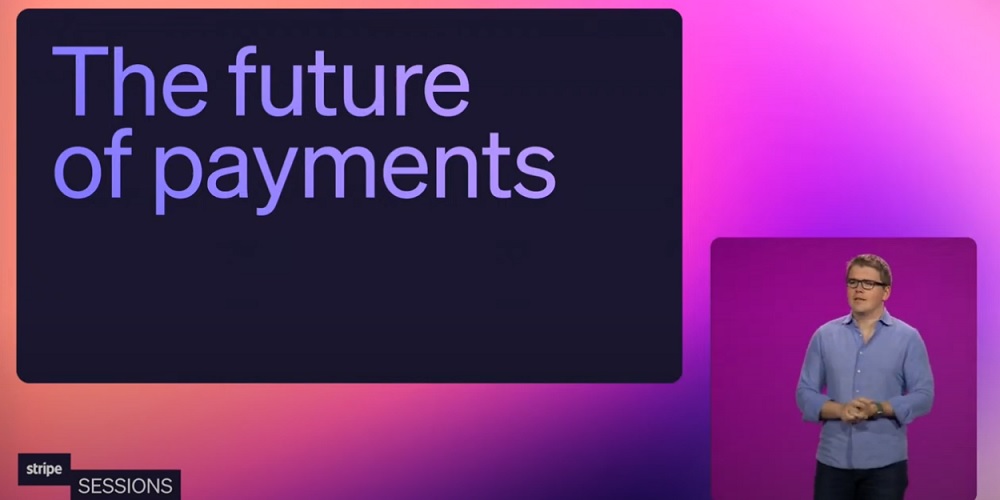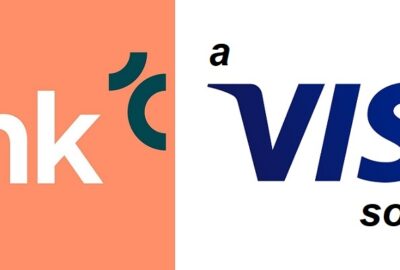Salary payments in USDT stablecoin ruled as illegal in the Chinese court

Tether USDT stablecoin cannot be used for salary payments, a Chinese court ruled, citing the country’s blanket ban on all types of crypto transactions, according to Cointelegraph.
Despite the Chinese government banning all kinds of cryptocurrency transactions last year, some firms apparently still use stablecoins like Tether (USDT) to pay their employees.
Beijing’s Chaoyang District People’s Court has ruled that stablecoins like USDT cannot be used for salary payments, the local news agency Beijing Daily reported on Wednesday.
The Chinese court stated that virtual currencies like USDT cannot circulate in the market as a currency, which requires all employers to only pay their workers using the official currency, renminbi (RMB).
Tether USDT is a major stablecoin pegged by the U.S. dollar on a 1:1 ratio, backed by U.S. dollars held in U.S. treasury reserves, cash deposits and other assets.
USDT is the third-largest cryptocurrency after Bitcoin and Ether in terms of market capitalization and is the biggest digital asset in terms of daily trading volumes. At the time of writing, USDT’s daily trading volumes stand at $57 billion, or 247% more than the entire daily trading volumes of Bitcoin.
Anders Olofsson – former Head of Payments Finastra
Banking 4.0 – „how was the experience for you”
„So many people are coming here to Bucharest, people that I see and interact on linkedin and now I get the change to meet them in person. It was like being to the Football World Cup but this was the World Cup on linkedin in payments and open banking.”
Many more interesting quotes in the video below:












